Gamburtsev Mountains
- Ancient Origins Revealed: The Gamburtsev Subglacial Mountains (GSM) formed over 500 million years ago during the assembly of the Gondwana supercontinent.
- Hidden Mountain Range: The GSM are a completely buried mountain range located beneath the East Antarctic Ice Sheet.
- Discovery: The mountains were first discovered in 1958 by a Soviet seismic expedition.
- Unlike Transantarctic Mountains: Unlike the Transantarctic Mountains, which are partially visible, the GSM remain entirely buried under kilometers of ice.
- Tectonic Stability Puzzle: The existence of such a large mountain range in a tectonically stable region like East Antarctica has puzzled geologists.
- Zircon Analysis: Scientists analyzed zircon grains from ancient river deposits to determine the mountains’ age.
- Timeline of Formation:
- Uplift began ~650 million years ago.
- Himalayan-scale peaks reached ~580 million years ago.
- Crustal melting and flow ceased ~500 million years ago.
- Gondwana Formation Link: The GSM’s formation is linked to tectonic plate collisions during the formation of the supercontinent Gondwana.
- Insight into Continent Evolution: The findings offer insight into how mountains and continents evolve over geological time and why Antarctica’s interior has remained stable for millions of years.
AGN
- Discovery of New AGNs: Astronomers using the Spektr-RG (SRG) space observatory detected 11 new Active Galactic Nuclei (AGNs) during all-sky X-ray surveys.
- What are AGNs: AGNs are compact regions at the centers of galaxies with exceptionally high electromagnetic radiation. Powered by supermassive black holes accreting matter.
- Importance of AGNs: Crucial for understanding galaxy formation, evolution, black hole activity and cosmic energy sources.
- Method of Detection: The new AGNs were identified via optical and X-ray inspection of sources in the ARTSS1-5 catalog, using SRG’s ART-XC telescope.
- Characteristics: The newly detected AGNs are relatively nearby (redshifts 0.028 to 0.258) with X-ray luminosities in the range of 2 to 300 × 10³⁹ erg/s.
- Seyfert Classification: All 11 new AGNs are classified as Seyfert galaxies: 7 Sy 1, 3 Sy 1.9, and 1 Sy 2. Types are distinguished by emission line characteristics.
- Seyfert Galaxies: These appear like normal galaxies in visible light but have strong infrared and X-ray emissions from their cores.
- Types of AGNs: Common types include quasars, blazars, Seyfert galaxies, and radio galaxies, each emitting energy across various wavelengths.
Mearim River Tidal Bore
- Mearim River’s Location: Located in Maranhão state, northeastern Brazil, flowing into the Atlantic Ocean.
- Tidal Bore (Pororoca): The river is famous for its “Pororoca,” a tidal bore where ocean tides surge upstream against the river current. The term “Pororoca” means “great roar” in the Tupi language.
- Tidal Bore Formation: The tidal bore is a positive surge of water caused by rising ocean tides pushing against the river current, typically during spring tides and supermoons.
- Ecological Significance: The river forms the southern boundary of the Tocantins–Araguaia–Maranhão moist forests ecoregion, a biodiversity hotspot.
- Surfing and Awareness: A Brazilian surfer is using the Mearim’s pororoca to raise awareness about climate change and ecological degradation.
- Navigational Challenges: The upper and middle courses of the river are non-navigable due to rapids; only the lower course is suitable for navigation.
- Global Comparison: Other rivers with tidal bores include the Amazon, Qiantang, and Seine.

Ayurveda Day
- Fixed Date for Ayurveda Day: Ayurveda Day will be observed annually on September 23rd, starting in 2025, as per a Gazette Notification dated March 23rd, 2025.
- Shift from Dhanteras: Previously, Ayurveda Day was celebrated on Dhanteras (October/November), which follows a variable lunar calendar.
- Reason for Change: The Ministry of AYUSH shifted the date to ensure consistency and enhance global visibility, as Dhanteras fluctuates significantly each year (between October 15th and November 12th).
- Autumnal Equinox Significance: September 23rd coincides with the autumnal equinox, when day and night are nearly equal, symbolizing balance in nature, aligning with Ayurvedic principles of equilibrium among body, mind, and spirit.
- Holistic Philosophy: The equinox represents cosmic harmony, supporting Ayurveda’s holistic approach to health, emphasizing living in balance with nature.
- Ministry of AYUSH’s Role: The Ministry of AYUSH is the key organizer of Ayurveda Day celebrations in India. The ministry urges global participation and sees this shift as an opportunity to further embed Ayurveda into global health narratives.
- Ayurveda Defined: Ayurveda, derived from ‘Ayu’ (life) and ‘Veda’ (knowledge), means the “science of life”.
- Core Principle: Ayurveda is based on the tridosha theory: Vata (air & space), Pitta (fire & water), and Kapha (water & earth). Health is a balanced state of these doshas, dhatus (body tissues), and malas (waste products).
- Preventive and Curative: Ayurveda emphasizes both preventive measures (hygiene, lifestyle) and curative treatments (herbal remedies, diet).
- Formal Recognition: The Indian Medical Council Act of 1971 provides formal recognition to Ayurveda.
T-Bills
- India extends financial support to Maldives: Renewed a USD 50 million Treasury Bill for another year via SBI.
- Purpose: Bolsters Maldivian government’s economic reform and resilience efforts.
- Special Arrangement: Government-to-government arrangement where SBI subscribes to T-Bills without interest. Renewed annually since March 2019 as emergency aid.
- Strategic Importance: Highlights Maldives’ significance to India’s ‘Neighbourhood First’ policy and Vision ‘MAHASAGAR’.
- Beyond Financial Aid: India extended the special quota for essential commodities exports to the Maldives.
- Stronger Ties: Assistance reflects India’s commitment to supporting the Maldivian government and people.
- Treasury Bill Rollover: Reinvesting proceeds from a maturing T-bill into a new one, effectively extending the investment term.
- T-Bills: Short-term debt instruments issued by the Indian government through the RBI.
- Purpose of Indian T-Bills: To meet short-term financial requirements of the central government. RBI uses them in open market operations.
- Features of Indian T-Bills: Zero coupon securities, issued at a discount, redeemed at face value.
- Tenure of Indian T-Bills: 91 days, 182 days, 364 days.
- Minimum Investment of Indian T-Bills: ₹25000 or multiples.
2024 YR4
-
Asteroid 2024 YR4: Initially flagged as a potential Earth threat, NASA now estimates a 3.8% chance of it colliding with the Moon on December 22, 2032.
-
Discovery & Size: Discovered in December 2024 by the ATLAS telescope in Chile. Estimated to be about 65 meters wide (size of a 10-15 story building).
-
Near-Earth Asteroid: It’s a Near-Earth Asteroid (NEA), meaning its orbit brings it within 1.3 Astronomical Units (AU) of the Earth.
-
Revised Threat Assessment: Initial high alert due to potential Earth impact was lowered after more data refined the orbit calculations.
-
Impact Implications: A lunar collision could create a large crater (500-2000 m wide) and pose a risk to lunar missions. The impact would be far more powerful than Hiroshima.
-
Monitoring Efforts: Observatories constantly monitor NEAs. Automated searches identify moving objects, and models predict their orbits. Uncertainties are reduced with additional data.
-
Visibility Debate: Whether the impact flash will be visible from Earth is debated.
-
Future Observations: YR4 will pass Earth again in 2028, allowing for more data collection and refined predictions.
-
Preventable Disaster: Asteroid impacts are considered a preventable natural disaster with adequate monitoring and potential mitigation strategies.
CIMS
-
RBI’s CIMS: Regulated entities must report digital lending app (DLA) details through the CIMS portal.
-
CIMS Purpose: Introduced by RBI for managing large data flows, analysis, dissemination, and governance. It acts as a central data warehouse.
-
CIMS Technology: Employs advanced technology for Big Data management, enabling data mining, text mining, visual analytics, and statistical analysis across financial, external, fiscal, corporate, real estate, and pricing sectors.
-
Advantages: Improves regulatory reporting efficiency for RBI and reduces the workload for regulated entities via electronic submission using cloud technology.
-
Benefits for RBI: Enhanced timeliness and quality of regulatory data, improved financial system monitoring, quicker response to risks, and better communication with regulated entities.
-
Selenium Error: Indicates a problem with locating a specific element on a webpage using Selenium automation, specifically element with CSS selector “.MainStory_storycontent__Pe3ys”. This suggests a website structure change or issue with the script.
India: Growth Imperative
-
“6% GDP Growth Trap”: India’s GDP growth has largely hovered around 6% between 2000 and 2025, needing structural reforms, tech investment, human capital development, and sustainability to surpass.
-
Current Growth: IMF projects 6.2% GDP growth in 2025 and 6.3% in 2026, fastest among major economies. Forex reserves are strong, infrastructure is expanding, and manufacturing capacity utilization is high. Unemployment is gradually improving.
-
Investment & Job Creation: Investment-to-GDP ratio has fallen, slowing growth and job creation. Employment elasticity of investment has declined due to capital-intensive sectors.
-
Fiscal Constraints: High interest payments on debt and a low tax-to-GDP ratio limit crucial investments. Inefficient public spending reduces policy effectiveness.
-
Infrastructure & Trade: High logistics costs and trade barriers limit access to global markets.
-
Social Weaknesses: Uneven wealth distribution, rural-urban disparities, and corruption hinder growth.
-
External Factors: Global uncertainties, geopolitical tensions, and dependence on foreign investment impact growth.
-
Growth Drivers: Domestic demand, infrastructure spending, digital economy, manufacturing growth, services sector, energy transition, and fiscal/monetary stability drive growth.
-
Needed Steps:
- Boost private investment in labor-intensive industries.
- Reform fiscal policy to raise the tax-to-GDP ratio.
- Expand exports by strengthening trade agreements.
-
Conclusion: Targeted investments, trade and tax reforms, and prudent fiscal management are crucial to break the “6% growth trap” for poverty reduction and enable a larger middle class.
- Aspirational Growth: India seeks to move from a per capita GDP of $2,800 to $20,000 by 2047 (developed nation status), emphasizing the importance of high growth.
SAMRIDH: Seed Funding
- Fraudulent Activity: Two individuals, Prashant Agarwal (HPPL Foundation director) and chartered accountant Sudhanshu Kumar Rakesh, have been arrested for allegedly defrauding the Ministry of Electronics and Information Technology (MeitY) of over ₹3 crore under the SAMRIDH scheme.
- Modus Operandi: They allegedly made false representations to obtain government funds, failed to distribute the money to selected startups, and concealed the fraud with forged financial reports.
- SAMRIDH Scheme: The Startup Accelerator of MeitY for Product Innovation, Development, and Growth (SAMRIDH) is a MeitY program designed to support and accelerate IT-based startups.
- Objective: The scheme aims to provide startups with customer connections, investor access, and international market opportunities, offering up to ₹40 lakh in investment through selected accelerators, with matching investment facilitated by the accelerator.
- Implementation: The scheme is implemented by MeitY Start-up Hub (MSH), Digital India Corporation (DIC).
- HPPL Foundation’s Role: HPPL Foundation was selected as an accelerator and received ₹3.04 crore to fund eight startups but failed to disburse the funds, instead misappropriating them and submitting fake utilization certificates.
- Arrests: Agarwal was arrested in Bengaluru, and Rakesh was apprehended in Patna, Bihar.
- Complaint: The case was registered following a complaint by Rashi Sharma, authorized representative of MeitY Startup Hub (MSH).
Kendu Leaf
-
Kendu Leaf Trade Deregulation Delayed: Eight Gram Sabhas in Odisha’s Koraput district are waiting for government deregulation of kendu leaf trade, crucial for their economic self-sufficiency under the Forest Rights Act (FRA), 2006.
-
Impact of Delay: Failure to deregulate last year resulted in an estimated Rs 36 lakh loss due to rain damage, severely impacting local tribal economies.
-
Economic Importance: Kendu leaves (“green gold”) are a significant Non-Timber Forest Produce (NTFP), providing vital income for tribals, women, and widows.
-
FRA 2006 and Community Rights: The FRA, 2006 grants forest rights, including MFP rights, to forest-dwelling communities, allowing them to manage and sell non-timber forest produce independently.
-
Odisha’s Significance: Odisha is a major kendu leaf producer, contributing about 20% of India’s national output, making deregulation particularly critical for the state.
-
Current Situation: The Gram Sabhas are ready to manage the trade, having collected over 400,000 bundles, but await the crucial government notification to proceed.
China’s Mineral Grip
- China’s Export Restrictions: China has imposed export restrictions on germanium, a critical mineral vital for semiconductors, fiber optic cables, and solar panels.
- India’s Engagement: India is in talks with China to address these restrictions, as they impact Indian industries dependent on germanium imports.
- Germanium Importance: Germanium is crucial for semiconductors, fiber optic cables, solar cells, and infrared night vision systems. China produces over half the world’s germanium.
- Reasons for Restrictions: China cites national security, retaliation against US tariffs, and strengthening control over global supply chains as reasons.
- India’s Dependence: India is entirely reliant on imports for germanium, as it has no domestic production. This makes India vulnerable to supply disruptions.
- Impact on India: Indian industries face increased costs due to inflated import prices, with some relying on suppliers in the UAE.
- Critical Minerals: Critical minerals are essential for renewable energy technologies, EVs, electronics, AI, robotics, and space technology.
- India’s Concerns: The Economic Survey 2022-23 warns that critical minerals may become geopolitical flashpoints like crude oil.
- China’s Dominance: China dominates the global processing of critical minerals, controlling 80-90% of processing capacity, especially in rare earth elements.
- Other Restrictions: Reportedly, China is also thwarting other projects through export curbs, and even travel restrictions.
Digital Banking Units: Road Ahead
-
News: Digital Banking Units (DBUs) face limited expansion and sustainability concerns despite their 2022 launch aimed at extending digital financial services to remote areas.
-
What are DBUs: Specialized banking hubs offering digital services through self-service, anytime access; launched in 75 remote districts in 2022.
-
Challenges:
- Ineffective Planning: Rushed implementation without considering local needs and digital readiness.
- High Operational Costs: RBI mandates separate infrastructure, increasing expenses, especially in low-traffic areas.
- Low Digital Literacy: Hinders DBU usage, particularly among senior citizens, in areas lacking cash counters.
- Connectivity Issues: Unstable internet and power in remote areas disrupt operations.
-
Enhancement Measures:
- Decentralized Expansion: Base DBU establishment on local demand and digital literacy.
- Strengthened Digital Literacy Programs: Leverage PMGDISHA and collaborate with local entities for training.
- Infrastructure Support: Improve connectivity via BharatNet and ensure backup power.
- Enhanced Customer Support: Provide human assistance for onboarding and multilingual interfaces.
- Focused Financial Products: Facilitate access to schemes like PMSBY, PMJJBY, APY, and digital loans (Mudra).
Indore: Beggar-Free City
- Indore Declared Beggar-Free: Indore is the first city in India to be declared beggar-free.
- Bhiksha Vriti Mukta Bharat Initiative: This achievement falls under the Ministry of Social Justice and Empowerment’s “begging-free India” initiative.
- World Bank Recognition: The World Bank has also recognized the city’s efforts.
- Rehabilitation Efforts: Achieved through the “Comprehensive Rehabilitation of Persons Engaged in the Act of Begging” sub-scheme of SMILE.
- SMILE Scheme: Launched in 2022, focuses on rehabilitating beggars through identification, profiling, and providing services like counseling, education, and reintegration support.
- Campaign Details: A year-long campaign, started in February 2024, rehabilitated approximately 5,000 beggars by providing employment and education.
- Begging Ban: Begging and giving alms are banned, with penalties for violations. Rewards are offered for reporting violations.
- Constitutional Context: Vagrancy, including beggary, falls under the Concurrent List, allowing both Centre and states to legislate.
- No Central Law: India lacks a uniform central law; Bombay Prevention of Begging Act, 1959, acts as a main law which criminalizes begging.
- Pilot Project: Indore is one of 10 cities with a pilot project to eliminate begging.
MY Bharat
-
MY Bharat selects civil defence volunteers: Aims to empower youth in disaster management.
-
Training: Volunteers receive week-long specialized training from national and state disaster management agencies.
-
Goals: Build a trained force to handle disasters, accidents, and emergencies. Foster civic responsibility and equip youth with critical skills.
-
Need: Addresses increasing security concerns and the need for a community-based response system.
-
Volunteer Roles: Rescue operations, evacuation, first aid, traffic/crowd control, public safety, disaster rehabilitation, and assisting government agencies.
-
Registration: Individuals can register on the My Bharat portal (mybharat.gov.in).
-
MY Bharat Overview: Autonomous body under the Department of Youth Affairs, Ministry of Youth Affairs and Sports.
-
Purpose: Technology-driven platform for youth development and engagement across government initiatives.
-
Target Age Group: Primarily 15-29 years (10-19 years for specific adolescent programs).
-
Focus: Shifting youth from “passive recipients” to “active drivers” of development.
-
Phygital Platform: Combines physical activities with digital connectivity.
Afrikaners: A White African Tribe
-
US Welcomes Afrikaner Refugees: The US Deputy Secretary of State welcomed the first group of Afrikaner refugees to the United States, following President Trump’s directive to prioritize resettlement for this “vulnerable group facing unjust racial discrimination.”
-
Accusations of Racial Bias: The US administration’s decision to welcome Afrikaners has sparked accusations of racial bias, with critics alleging selective migrant acceptance.
-
Afrikaner Identity: Afrikaners are a white ethnic group native to South Africa, with origins dating back to 1652 with the Dutch East India Company’s settlement. They are often called “Africa’s White Tribe” due to their long-standing presence and ethnogenesis on the continent.
-
Origins and Formation: The Afrikaner community evolved from Dutch, French Huguenot, German settlers, and enslaved people from India, Indonesia, Madagascar, and East Africa. A unique identity developed through interactions among these groups, marked by Afrikaans language, Calvinist values, and a self-reliant culture.
-
Historical Conflicts: Afrikaners, particularly the Trekboers, engaged in conflicts with indigenous communities as they moved inland. Later, they fought wars with Britain, including the Boer Wars, resulting in significant loss and displacement.
-
Apartheid and Inequality: The Afrikaner-led National Party implemented apartheid in 1948, which ended in 1994. Despite the end of apartheid, wealth and land ownership remain disproportionately in white hands, with significant economic disparities between white and Black South Africans.
-
Afrikaner Perspective: Afrikaners view themselves as having a legitimate claim to Africa, seeing it as their home and wanting their right to be there.
Chambal: India’s River
-
Sand Mining Concerns: Illegal sand mining is a major environmental issue in the Chambal River region (Madhya Pradesh, Rajasthan, and Uttar Pradesh), threatening its ecosystem.
-
Clean River Status: The Chambal is recognized as one of India’s cleanest rivers.
-
Habitat for Endangered Species: It is a crucial habitat for endangered species such as gharials, Gangetic dolphins, and Indian skimmers, highlighting its biodiversity importance.
-
National Chambal Sanctuary: A significant portion of the river is protected by the National Chambal Sanctuary, emphasizing conservation efforts.
-
Tributary of Yamuna: The Chambal is a tributary of the Yamuna River, and part of the Gangetic drainage system, underscoring its role in the larger river system.
-
Origin and Course: It originates in the Vindhya Range, flows through Madhya Pradesh and Rajasthan, forms a boundary between them, and finally joins the Yamuna in Uttar Pradesh. This defines its geographical path.
-
Drainage Basin: The river and its tributaries drain the Malwa region and southeastern Rajasthan, illustrating its regional influence.
-
Key Tributaries: The Banas, Mej, Parbati, Kali Sindh, and Shipra rivers contribute to the Chambal’s water flow, indicating a complex hydrological network.
-
Major Dams: Gandhi Sagar Dam, Rana Pratap Sagar Dam, and Jawahar Sagar Dam are built on the river, demonstrating its use for water management and power generation.
Wadge Bank
-
Hydrocarbon Exploration Project Proposed: The Union government plans hydrocarbon exploration at Wadge Bank under the Hydrocarbon Exploration and Licensing Policy (HELP). The Ministry of Petroleum and Natural Gas has invited bids for exploration of oil and natural gas from three areas in South of Cape Comorin, covering 27,154.80 sq km.
-
Fishermen Opposition: Fishermen in Kanyakumari and surrounding districts (Tamil Nadu and Kerala) strongly oppose the project.
-
Livelihood Concerns: Fishermen fear the project will negatively impact their livelihoods by disrupting access to vital fishing grounds, potentially forcing small-scale fishers to sail longer distances.
-
Ecological Sensitivity: Wadge Bank is a marine area in south of Cape Comorin, rich in fishery resources and a biodiverse, ecologically sensitive zone. Concerns raised about potential harm to the environment.
-
Wadge Bank Importance: Wadge Bank is a submarine plateau, a rich fishing ground with high organic productivity, serving as a key feeding and breeding area for fish. It spans approximately 10,000 sq km
-
Lack of Consultation: Criticism that the government did not adequately consult the local fishing community before proposing the project.
-
Potential Environmental Impact: Hydrocarbon exploration may release pollutants into air and water, according to research.
-
Protests and Advocacy: Fishermen associations are raising awareness, planning protests, and submitting memorandums to the Ministry of Petroleum and Natural Gas.
-
Wadge Bank’s Natural Barrier Role: Wadge Bank serves as a natural barrier protecting the region from disasters. The project could weaken this barrier.
-
State Government Stance: The Tamil Nadu government has not granted a no-objection certificate and is reportedly reviewing the project. No major intimation or public hearing done.
Semi-Cryo Engine
-
ISRO Semi-Cryogenic Engine Hot Test Successful: ISRO successfully conducted a short-duration hot test of its semi-cryogenic engine at IPRC, Mahendragiri, marking its 2nd successful hot test.
-
LOX-Kerosene Engine: The engine utilizes liquid oxygen (LOX) as an oxidizer and refined kerosene (RP-1) as fuel.
-
Higher Performance: This LOX-kerosene combination provides a higher density impulse compared to cryogenic systems (LOX-LH2), improving propulsion efficiency.
-
Cost-Effective & Easier Handling: Kerosene is cheaper and easier to manage than liquid hydrogen, reducing costs and simplifying operations.
-
Boosts Payload Capacity: The engine’s development enhances ISRO’s payload capacity.
-
Supports Future Launch Vehicles (NGLV): This engine is designed to power booster stages of heavy-lift launch vehicles like the Next Generation Launch Vehicle (NGLV).
-
NGLV Details: The NGLV is a cost-efficient, reusable heavy-lift rocket under development, capable of carrying up to 30 tonnes to Low Earth Orbit and designed for communication satellite launches, deep space missions, and human spaceflight.

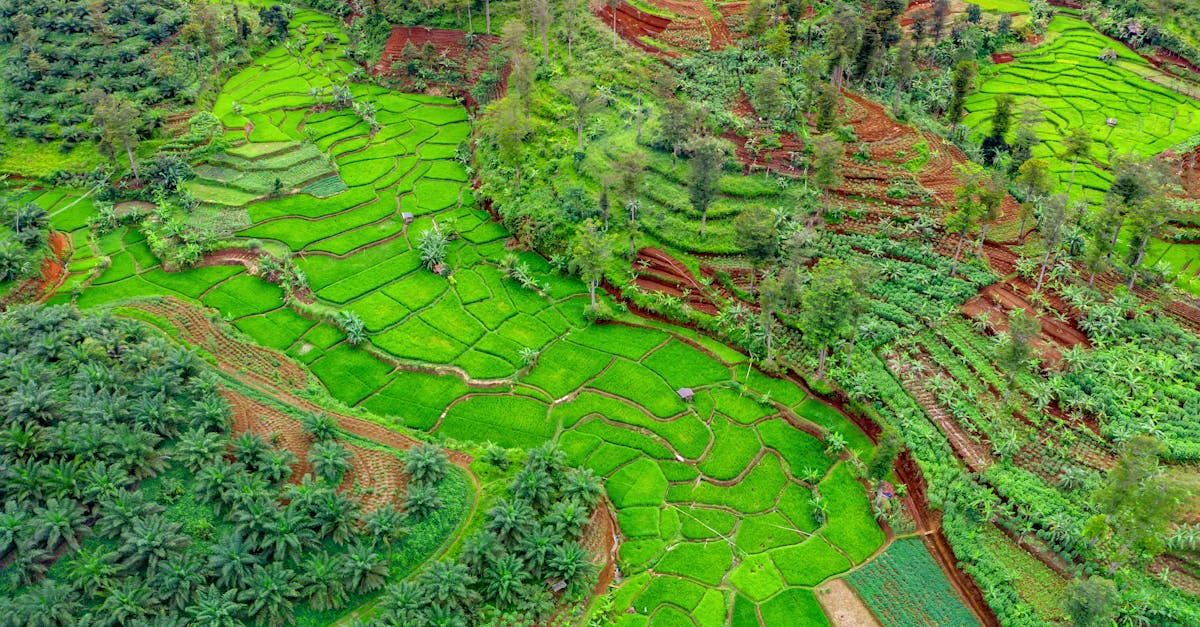
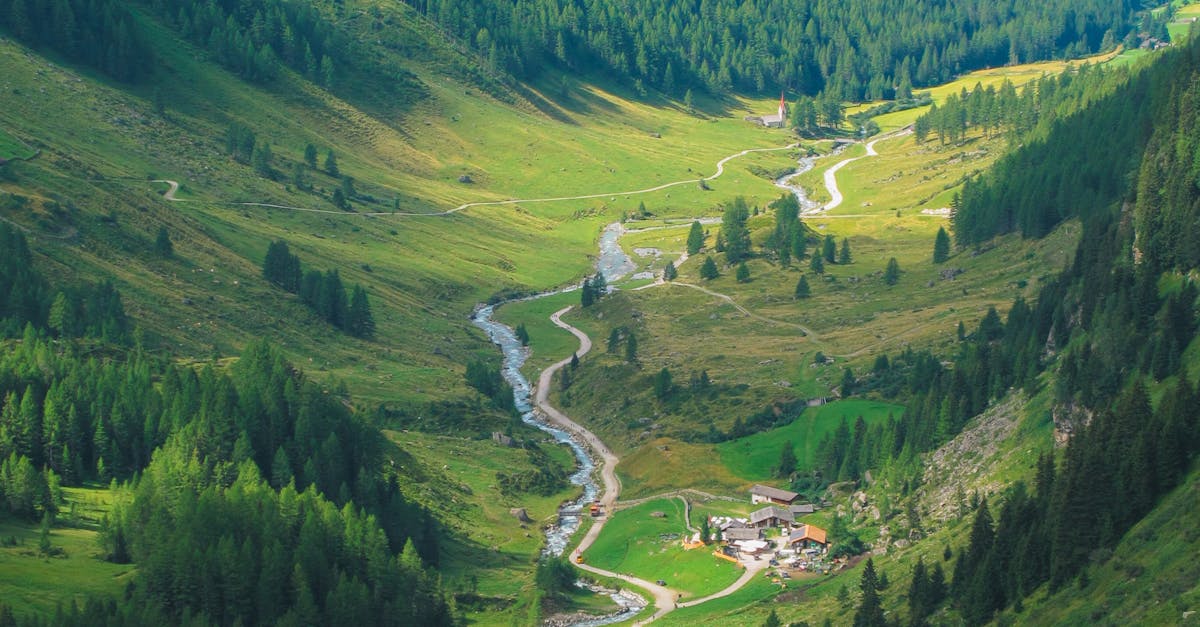
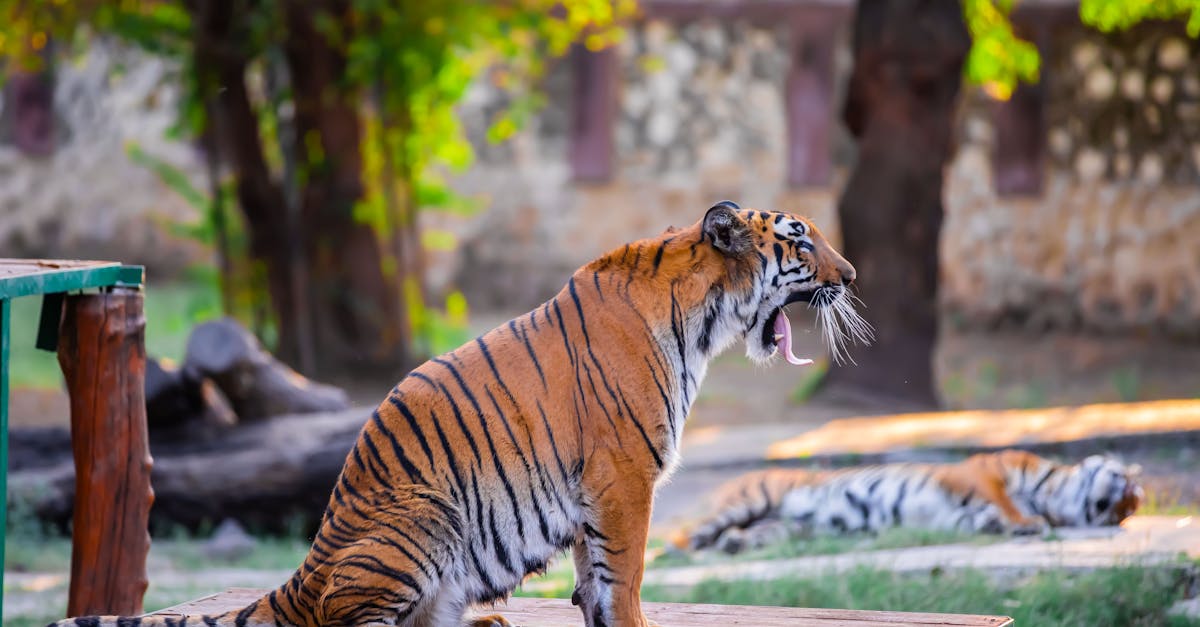

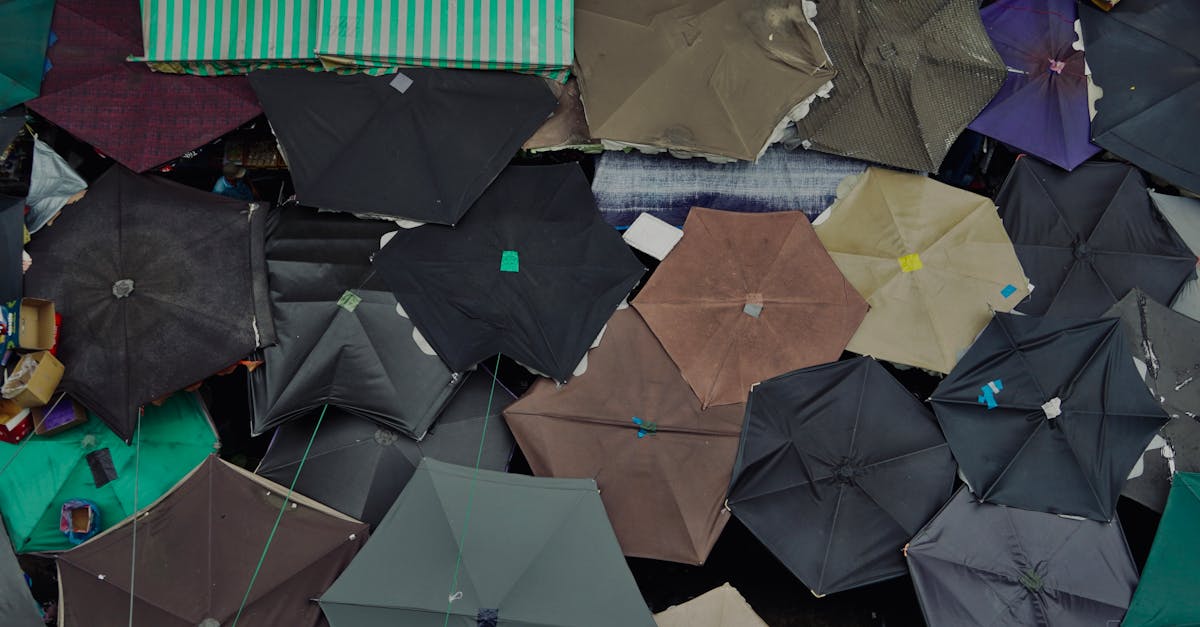
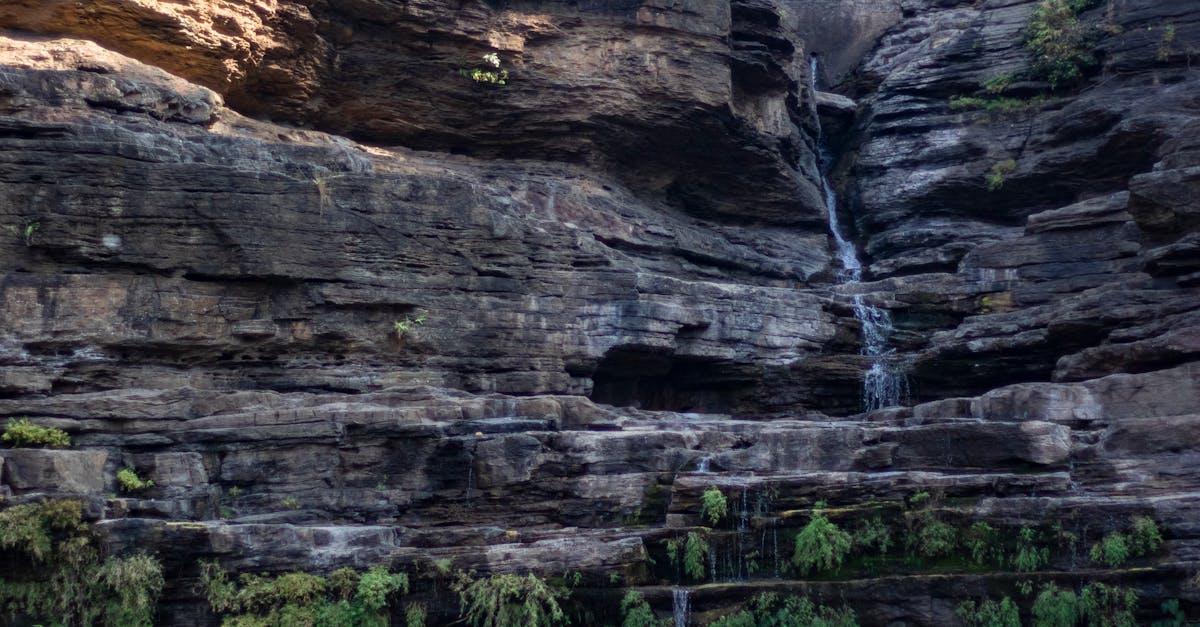
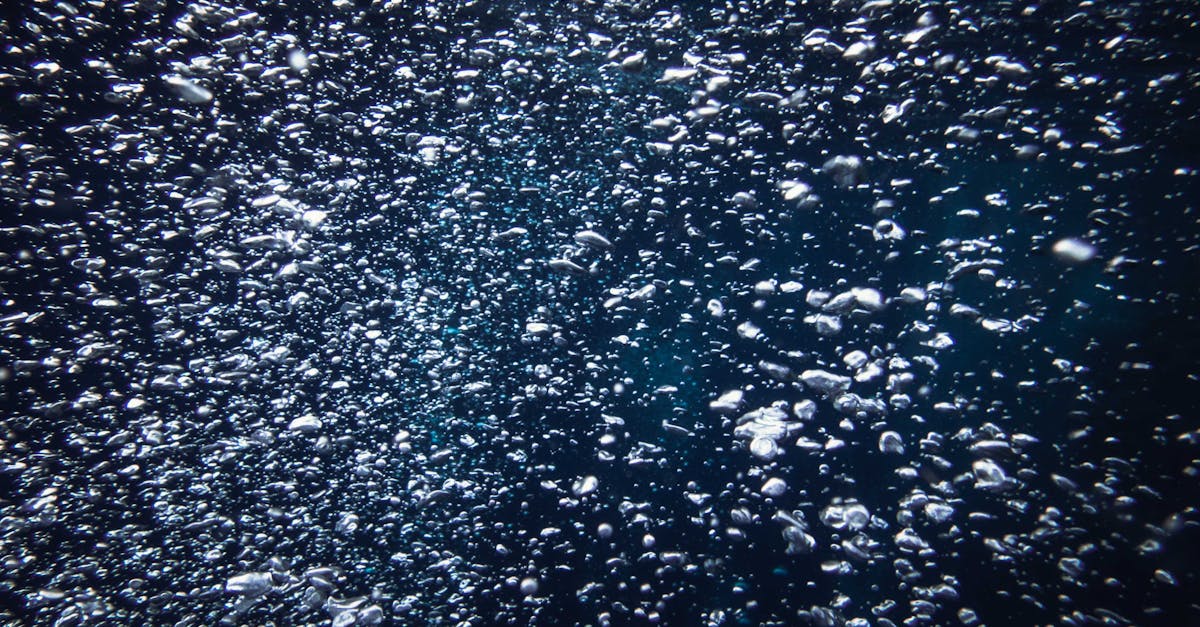


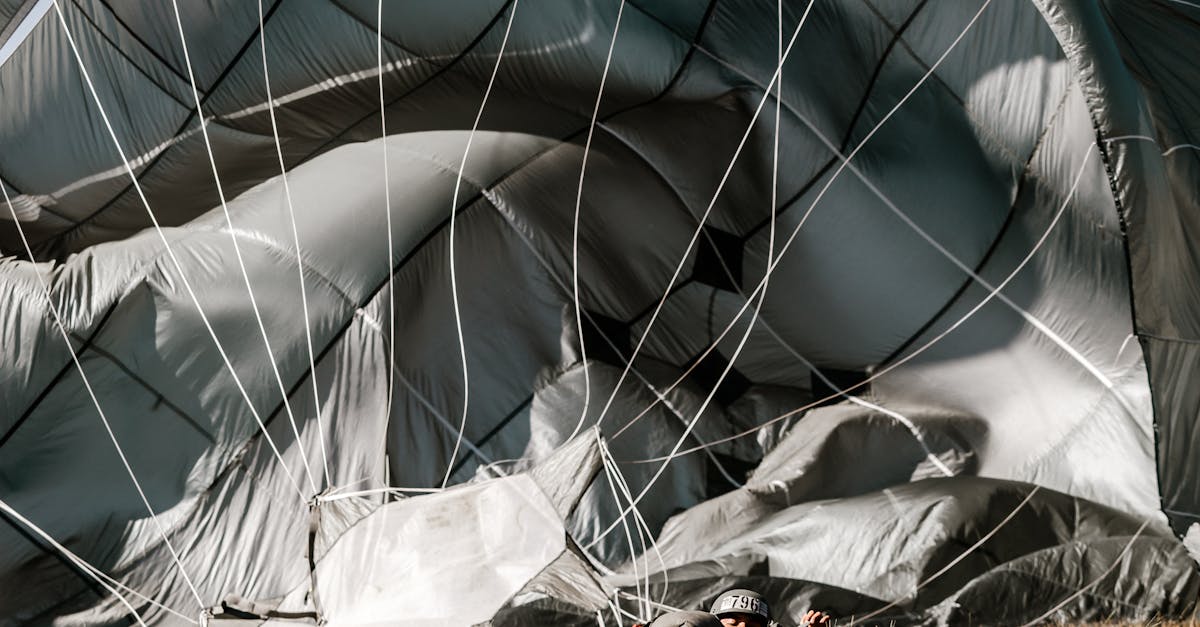





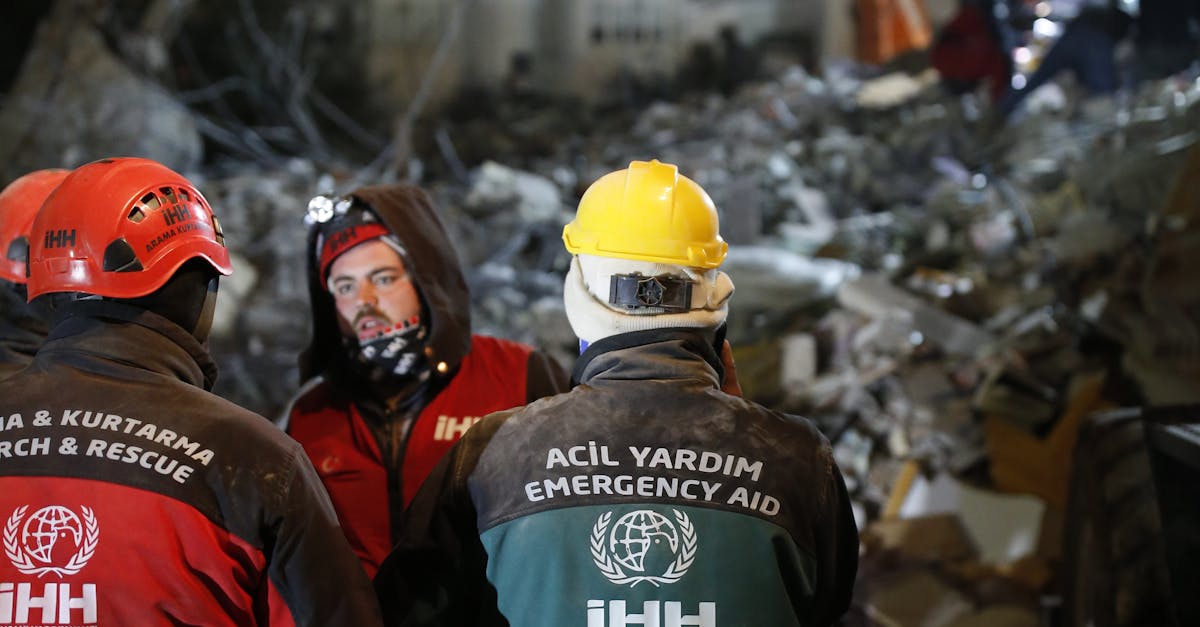

Social Media & Youth
Why in News: Growing concerns over social media’s impact on youth identity and mental health, highlighted by a young entrepreneur’s suicide due to follower loss.
Identity Formation: Social media shifts identity formation from private reflection to public performance, driven by algorithm-based self-curation, blurring the lines between authenticity and online approval.
Mental Health Concerns: Pressure for validation and curated self-presentation contribute to anxiety, depression, and distorted self-image. The system rewards performance, not vulnerability. Filter bubbles reinforce extreme views.
Ecosystem’s Role: The entire social media ecosystem, not just influencers, is responsible for promoting unrealistic ideals and punishing vulnerability.
Child Influencers: Concerns are heightened with child influencers, where parents may push content for follower count, leading to adult scrutiny and performance pressure.
Body Image Distortion: Online trends like “thigh gaps” distort body image, causing internalized shame and eating disorders.
Extreme Trends: Trends like the “Blue Whale challenge” demonstrate the dangers of pushing boundaries without addressing underlying issues.
Parental Role: Moving from surveillance to connection is crucial; parents should understand and learn the language children use online, fostering open conversations rather than imposing fears. Recognizing Finsta accounts indicates a disconnect.
Regulation & Policy: Social media platforms should modify recommendation algorithms to prioritize educational content. Ethical design standards should be enforced to prohibit amplification of harmful content. Digital literacy programs should be integrated into school curricula.